265.7ci T-head inline 4-cylinder engine 53bhp 3-speed manual transaxle 4-wheel semi-elliptical leaf springs with solid front and live rear axle Rear wheel mechanical drum brakes *Owned by a series of long term custodians *High quality Brass Touring Car *A proven tour car well set up for reliability *An appealing machine from one of the finest manufacturers of the period Early Packard Cars Dissatisfaction with his Winton motor carriage is said to have spurred James Ward Packard to build a superior automobile. Aided by his brother and two defectors from the Winton company, Packard set up shop in his electrical engineering factory in Warren, Ohio, from which the first Packard car emerged in November 1899. The Ohio Automobile Company's Model A Runabout was powered by a 142.6ci (2.3-liter), horizontally-mounted, single-cylinder engine equipped with a mechanical exhaust and atmospheric inlet valve in the fashion of the time, producing 9bhp. The tiller steering, two-speed planetary gear transmission and chain final drive were equally conventional, but the Packard's automatic ignition advance - introduced for 1900 on the Model B - foot-operated throttle, and 'H'-shaped gearchange gate were in advance of most of its rivals. The Packard's innovative engineering and superior build quality were soon attracting the attention of wealthy clients, William D Rockefeller purchasing two at the New York Automobile Show in November 1900. 'Ask The Man Who Owns One,' was adopted as the company's advertising slogan. 1901 saw the introduction of the faster, wheel-steered Model C. Maximum power was now 12bhp, and the number of body styles had increased to four. The following year brought with it a change of name to Packard Motor Car Company and the introduction of the twin-cylinder Model G. The single-cylinder car continued as the Model F, the latter now larger than before and looking less like a runabout and more like a 'proper' automobile. By 1903 Packard's first four-cylinder car - the Model K - had arrived and the single-cylinder's days were numbered. The Model F had gone by the end of 1903, but so too had the Model K, one of the most expensive cars in the USA at the time of its introduction, which was replaced by the cheaper Model L. Packard's four grew in engine capacity over the next few years before stabilizing at 431.9ci (7,080cc) in 1907 with the introduction of the Model 30, by which time the number of body styles offered had increased from one to four. In 1909 the company introduced a downsized Packard – the Model 18 – featuring a shorter wheelbase and smaller (265.7ci, 4,356cc) four-cylinder engine. Built to the same exemplary standards as the range-topping Model 30 yet $1,000 cheaper, the Model 18 was nevertheless consistently outsold by its larger sibling until it disappeared from the range at the end of the 1912 season when Packard ceased to build four-cylinder cars. The Motorcar Offered An early survivor from one of America's most prestigious makes, this rare Model 18 Packard is highly unusual in having enjoyed only two owners up to 1971: Henry Buhl, from 1910 to 1918, and Gordon Ward from 1918 to 1971. The car was subsequently restored in the late 1970s by its third owner, Larry Givens. A nicely patinated older restoration with an attractive and unusual close-coupled four-passenger body, '12404' incorporates a number of sensible upgrades including an electric starter, concealed alternator, halogen lighting and a Dave Hentchel high tension ignition system. The beautiful 'T'-head motor retains its proper carburetor, together with weather protection in the form of full side curtains. One of this car's most attractive features is its generous compliment of brass fittings, all of which are polished and lacquered including the proper Packard-branded Model 18 lamps, working speedometer and clock. Reported to start easily and perform strongly, this proven and user friendly touring car is presented in ready-to-tour condition.
265.7ci T-head inline 4-cylinder engine 53bhp 3-speed manual transaxle 4-wheel semi-elliptical leaf springs with solid front and live rear axle Rear wheel mechanical drum brakes *Owned by a series of long term custodians *High quality Brass Touring Car *A proven tour car well set up for reliability *An appealing machine from one of the finest manufacturers of the period Early Packard Cars Dissatisfaction with his Winton motor carriage is said to have spurred James Ward Packard to build a superior automobile. Aided by his brother and two defectors from the Winton company, Packard set up shop in his electrical engineering factory in Warren, Ohio, from which the first Packard car emerged in November 1899. The Ohio Automobile Company's Model A Runabout was powered by a 142.6ci (2.3-liter), horizontally-mounted, single-cylinder engine equipped with a mechanical exhaust and atmospheric inlet valve in the fashion of the time, producing 9bhp. The tiller steering, two-speed planetary gear transmission and chain final drive were equally conventional, but the Packard's automatic ignition advance - introduced for 1900 on the Model B - foot-operated throttle, and 'H'-shaped gearchange gate were in advance of most of its rivals. The Packard's innovative engineering and superior build quality were soon attracting the attention of wealthy clients, William D Rockefeller purchasing two at the New York Automobile Show in November 1900. 'Ask The Man Who Owns One,' was adopted as the company's advertising slogan. 1901 saw the introduction of the faster, wheel-steered Model C. Maximum power was now 12bhp, and the number of body styles had increased to four. The following year brought with it a change of name to Packard Motor Car Company and the introduction of the twin-cylinder Model G. The single-cylinder car continued as the Model F, the latter now larger than before and looking less like a runabout and more like a 'proper' automobile. By 1903 Packard's first four-cylinder car - the Model K - had arrived and the single-cylinder's days were numbered. The Model F had gone by the end of 1903, but so too had the Model K, one of the most expensive cars in the USA at the time of its introduction, which was replaced by the cheaper Model L. Packard's four grew in engine capacity over the next few years before stabilizing at 431.9ci (7,080cc) in 1907 with the introduction of the Model 30, by which time the number of body styles offered had increased from one to four. In 1909 the company introduced a downsized Packard – the Model 18 – featuring a shorter wheelbase and smaller (265.7ci, 4,356cc) four-cylinder engine. Built to the same exemplary standards as the range-topping Model 30 yet $1,000 cheaper, the Model 18 was nevertheless consistently outsold by its larger sibling until it disappeared from the range at the end of the 1912 season when Packard ceased to build four-cylinder cars. The Motorcar Offered An early survivor from one of America's most prestigious makes, this rare Model 18 Packard is highly unusual in having enjoyed only two owners up to 1971: Henry Buhl, from 1910 to 1918, and Gordon Ward from 1918 to 1971. The car was subsequently restored in the late 1970s by its third owner, Larry Givens. A nicely patinated older restoration with an attractive and unusual close-coupled four-passenger body, '12404' incorporates a number of sensible upgrades including an electric starter, concealed alternator, halogen lighting and a Dave Hentchel high tension ignition system. The beautiful 'T'-head motor retains its proper carburetor, together with weather protection in the form of full side curtains. One of this car's most attractive features is its generous compliment of brass fittings, all of which are polished and lacquered including the proper Packard-branded Model 18 lamps, working speedometer and clock. Reported to start easily and perform strongly, this proven and user friendly touring car is presented in ready-to-tour condition.
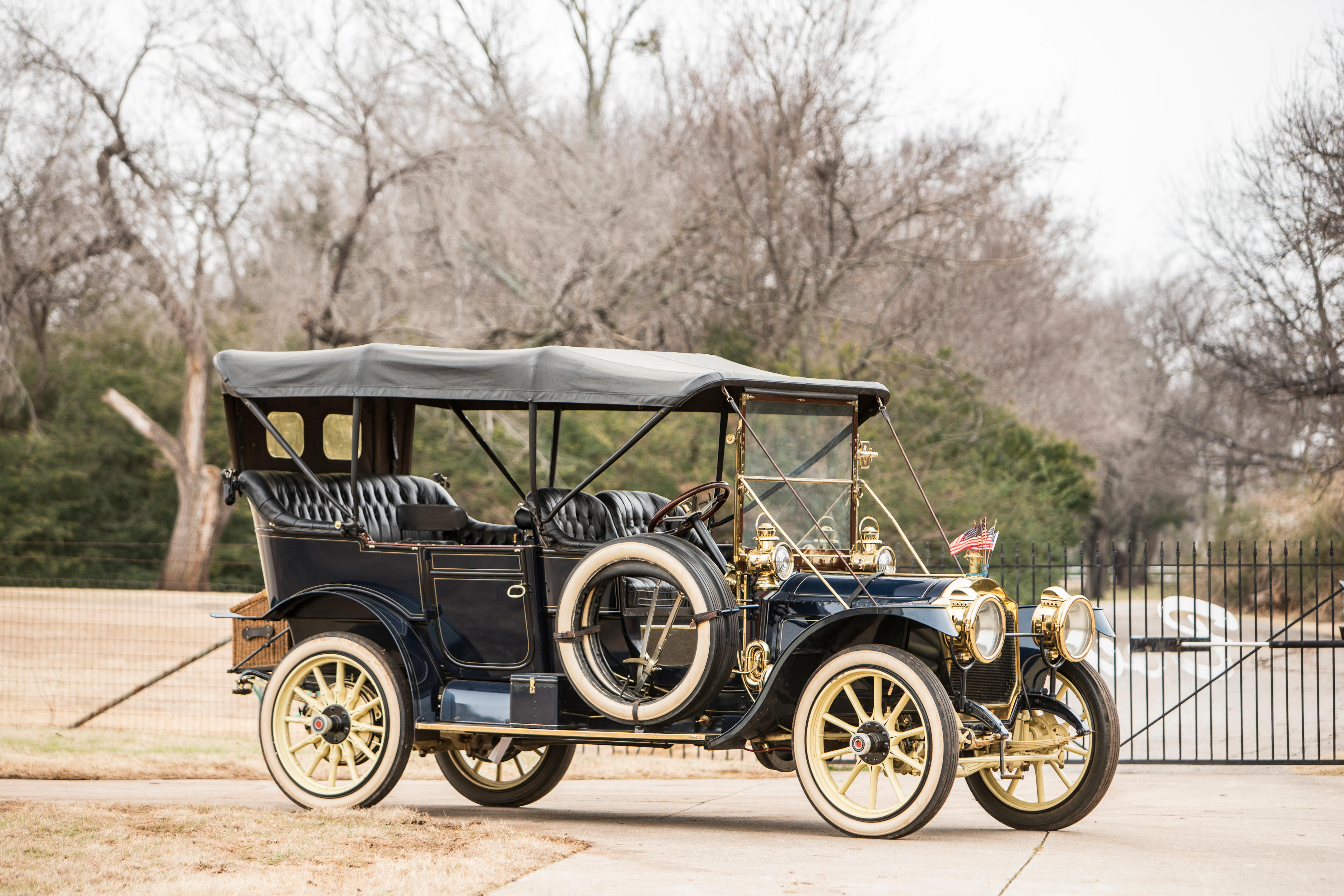
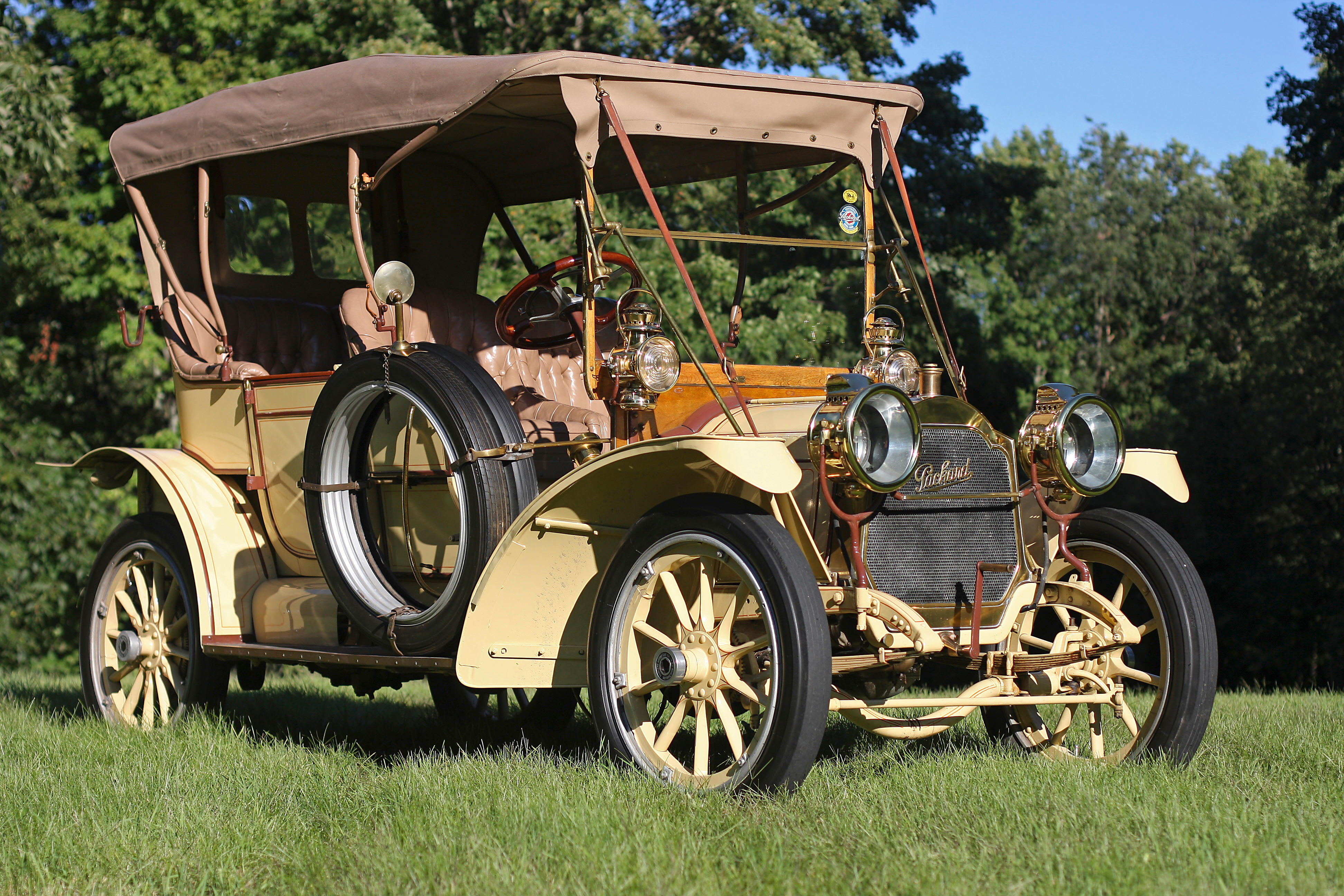

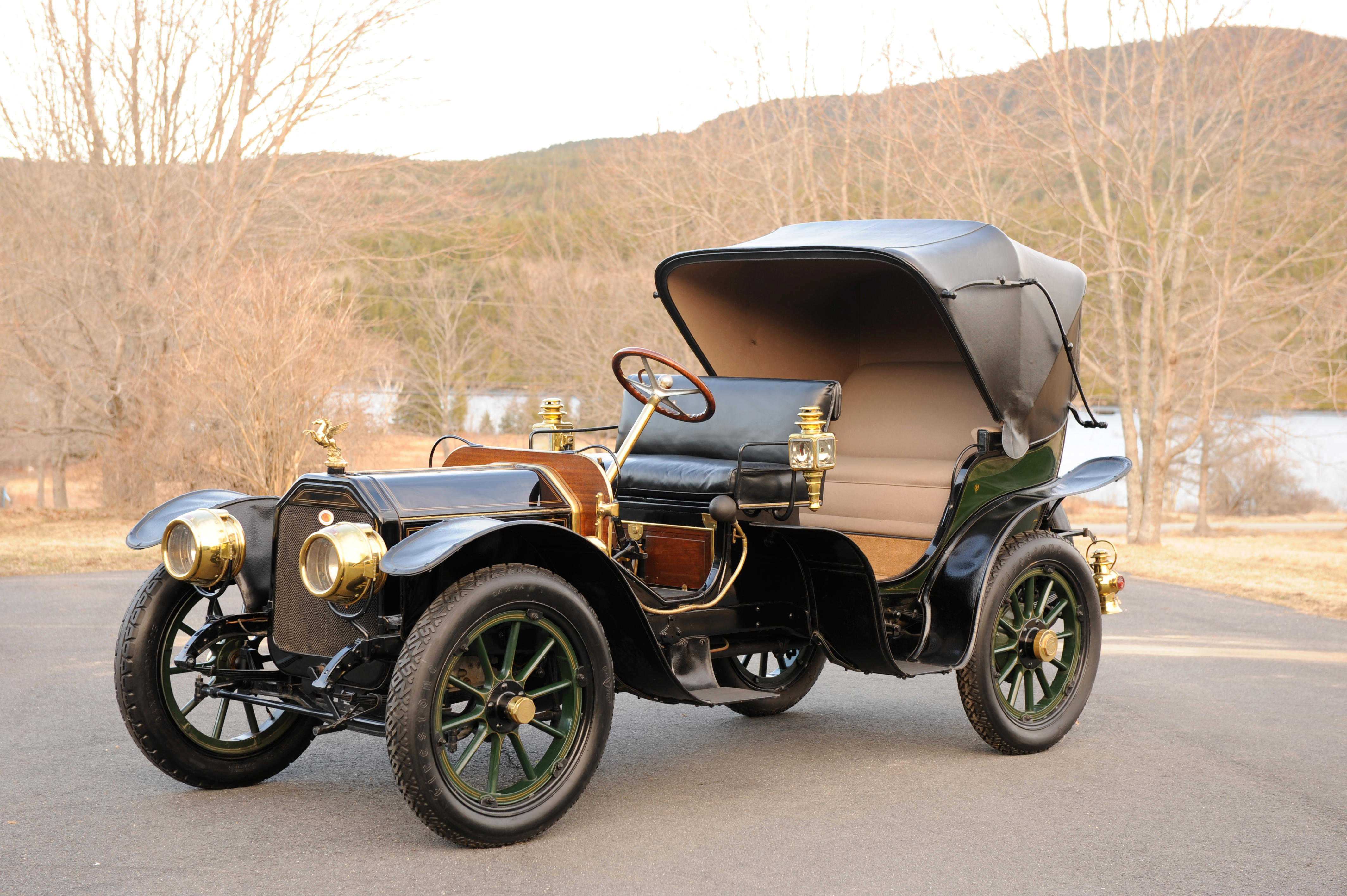



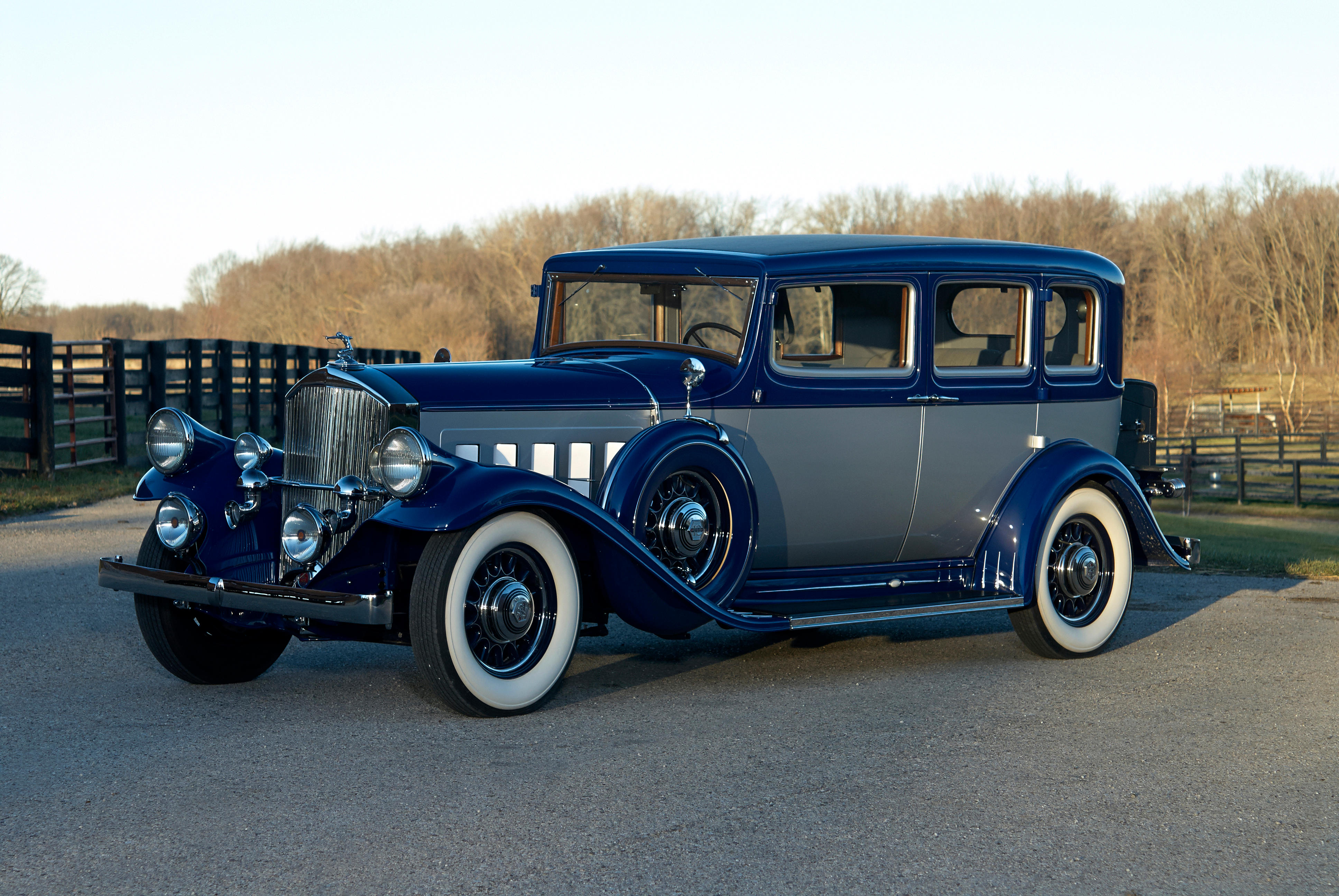

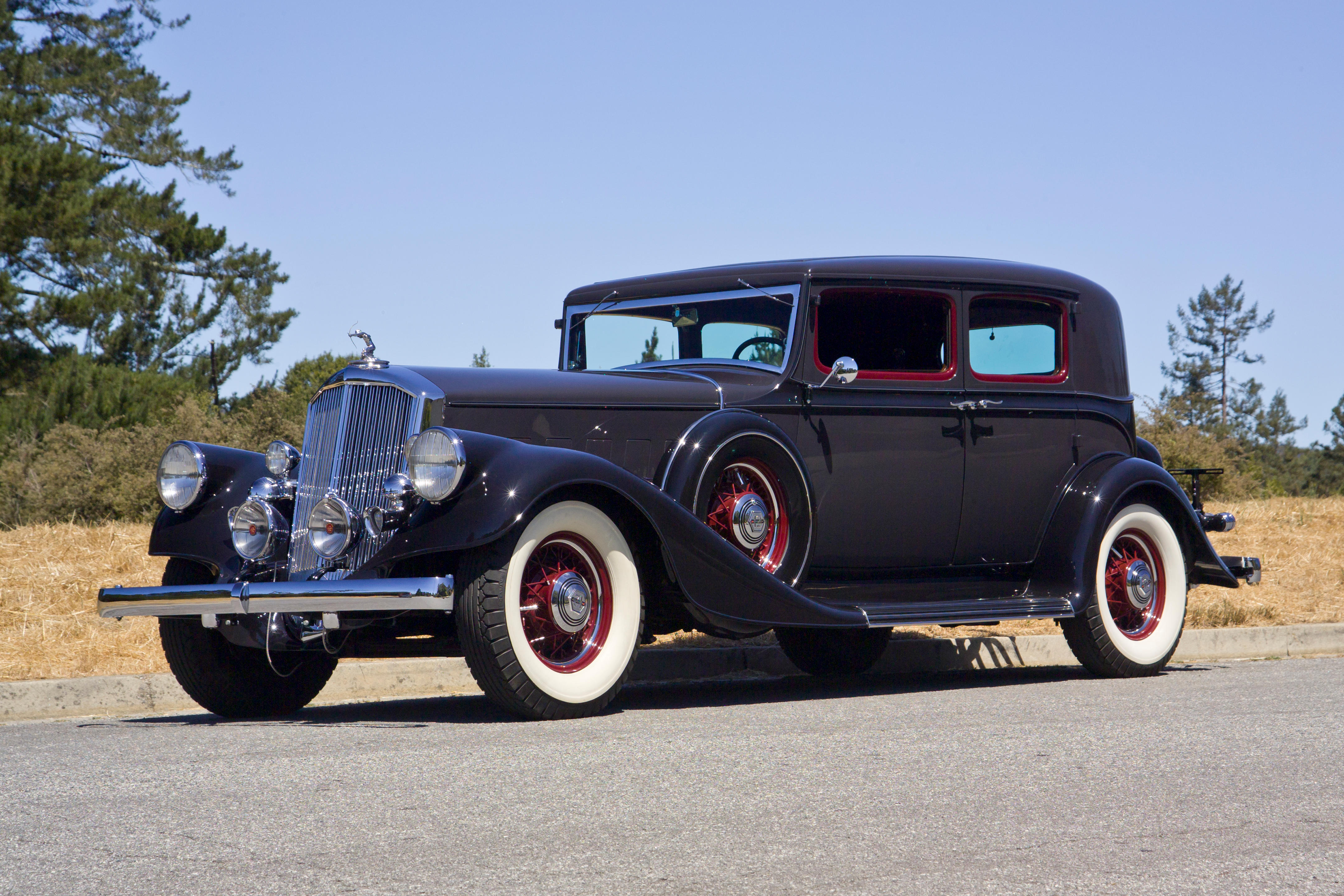


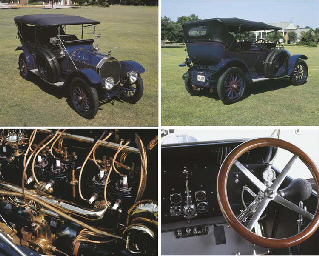

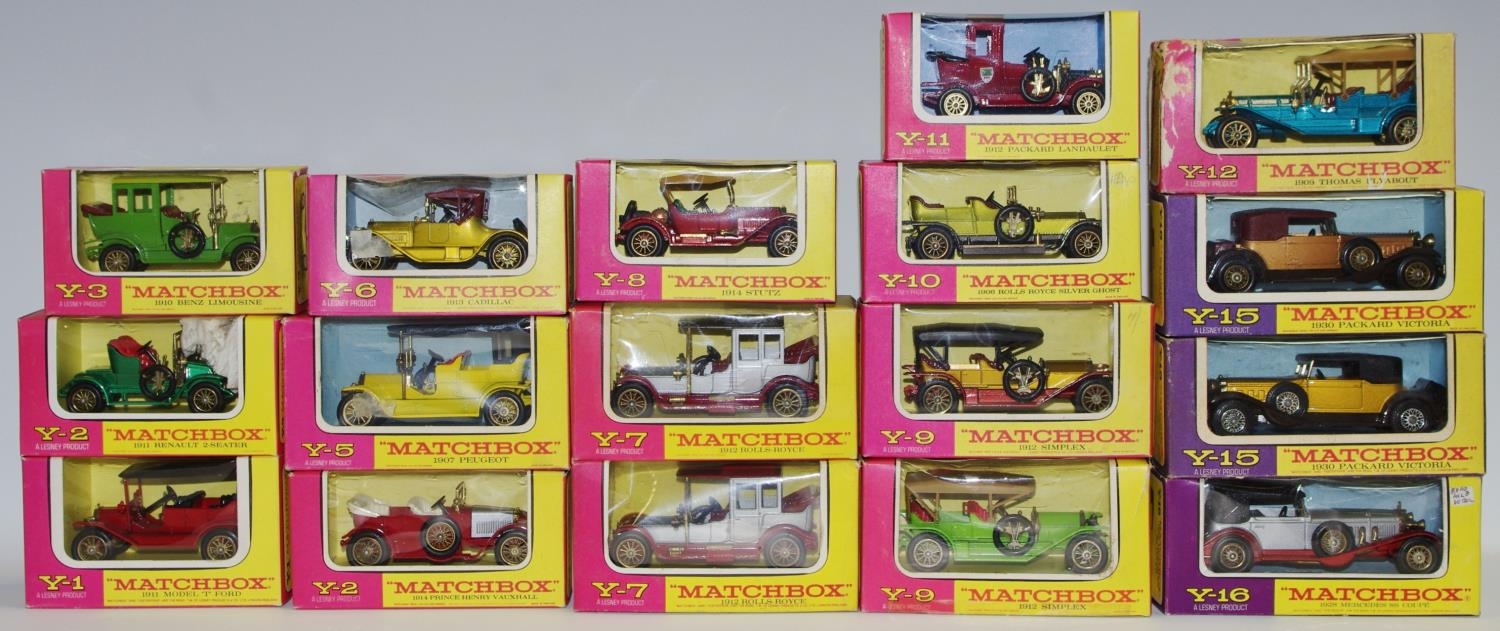
Testen Sie LotSearch und seine Premium-Features 7 Tage - ohne Kosten!
Lassen Sie sich automatisch über neue Objekte in kommenden Auktionen benachrichtigen.
Suchauftrag anlegen